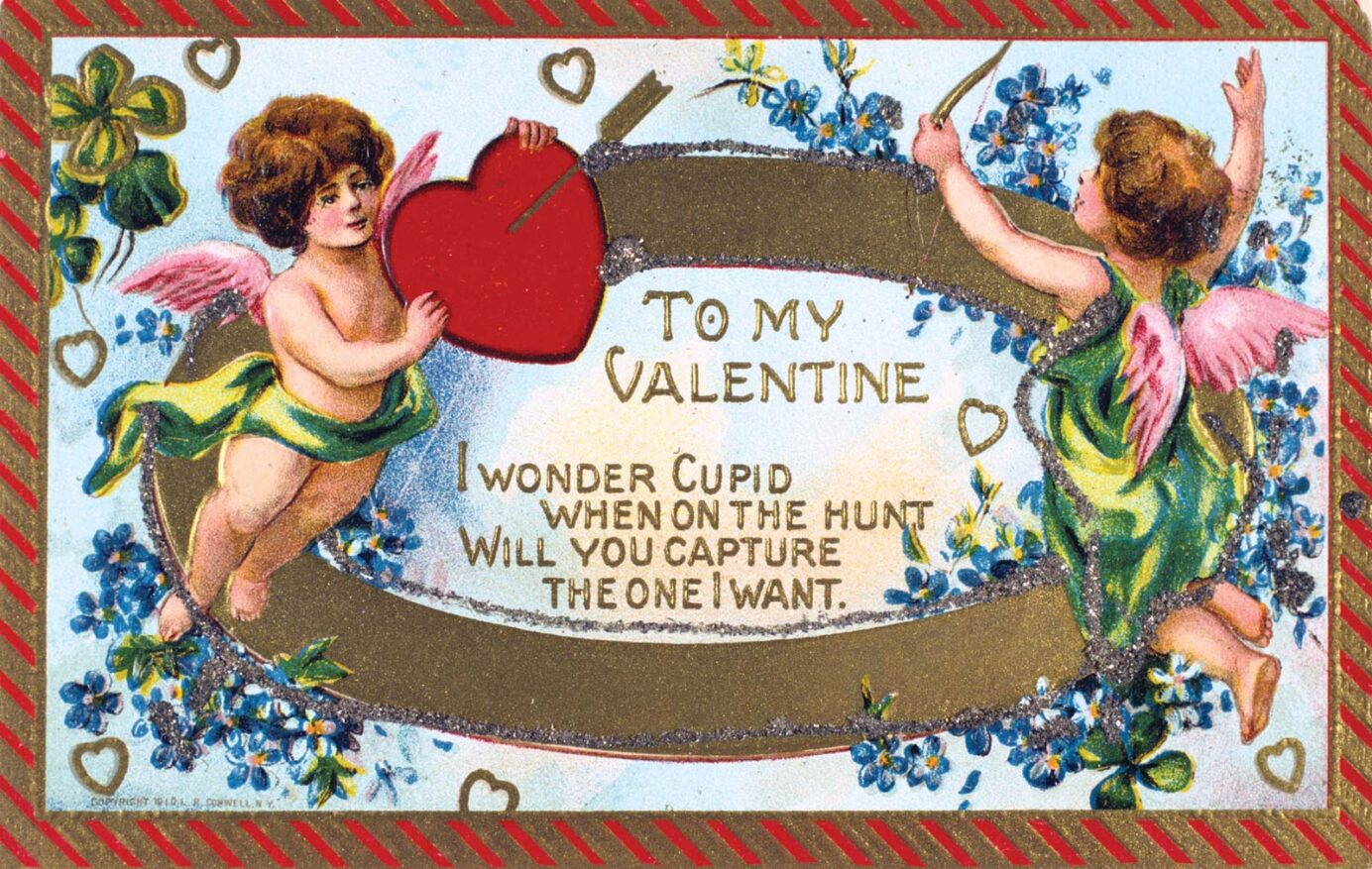Valentine’s Day: Explained

by Ella Casey ‘21
Valentine’s Day is known as the day in which millions of people celebrate their relationships with loved ones. Yet most people do not even know anything about the holiday besides spreading love.
Valentine’s Day is actually an extremely old holiday with origins in the era of the Roman Empire and developed as a Catholic holiday celebrated in the name of Saint Valentine. Although some may have heard of the Saint before, not many people know what he did–in fact the story of Saint Valentine is so vague and unreliable that he was removed from the General Roman Catholic calendar and there are multiple accepted theories as to who the Saint really was. Said to be a martyr for the Christian faith, Valentine supposedly signed a letter “from your Valentine” to his jailer’s daughter, whom he had befriended while awaiting his eminent death sentence. Another popular belief is that he secretly married couples to save the husbands from war. Either way, Valentine came to be the patron saint of lovers (as well as epileptics and beekeepers, on another note) and the namesake for the world renowned holiday of love.
As for the festivities, Saint Valentine’s Day was originally a celebration of the coming of spring. Romans would celebrate with annual festivals, in which it was common for women to be sold off to men in lotteries. On the other hand, it is possible the holiday never really became widely celebrated until it was sparked by a 15th Century poem written by famous English poet Geoffrey Chaucer–writer of Canterbury Tales. In “Parliament of Foules,” Chaucer connects Saint Valentine’s feast day to courtship and love, referring to February 14 as the day in which birds come together to mate (thus birds became a symbol of love). Officially, the day became a legal holiday in England about a century later when it was declared one by King Henry VIII, fittingly known for his six wives–two of which he divorced and two of which her ordered beheaded for not bearing children. However it started, eventually the tradition developed into how we know it today: a celebration of love not only for romantic relationships, but those among friends and family too.
Although the holiday of love at first would seem like a time of happiness, surprisingly the date has been marked by several tragedies throughout history. In 1349 Valentine’s Day coincided with the Strasbourg Massacre, which saw the deaths of several hundred Jews. In France, the massacre is also sometimes referred to as the “St. Valentine’s Day Massacre,” but better known by that name was another massacre on February 14, 1929 in the north side of Chicago. On the fateful night a violent gang war broke out and to this day the crimes remain unsolved, though it is believed that the famous gangster Al Capone was behind in the bloody massacre of a rival gang.
Around the time of commercialization, Valentine’s Day took a large turn into its modern-day form, one centered largely around romantic gifts to show one’s appreciation. By the mid-1800s people had begun exchanging tokens to show appreciation of one another; it became common for coworkers and peers as well as significant others to exchange such gifts. Then, in the 1840s, the first mass-produced valentines were sold and the popularity grew exponentially. Now, it is estimated that on average 145 million Valentine’s cards are sold annually and at least 36 million heart-shaped boxes of chocolate. Overall, Valentine’s Day has changed greatly over the years from a religious festival of courting to a celebration of relationships, and the season of love has become an international and multicultural phenomenon.